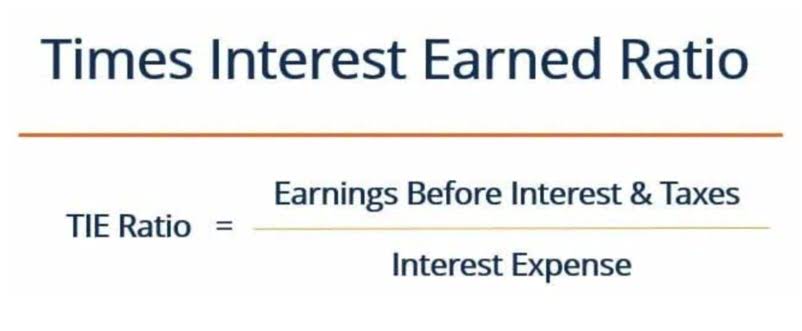Which Transactions Affect Retained Earnings?

Doubling the useful life will cause 50% of the depreciation expense you would have had. This method of earnings management would probably not be considered illegal but is definitely a breach of ethics. In other situations, companies manage their earnings in a way that the SEC believes is actual fraud and charges the company with the illegal activity.
How can I track my company’s retained earnings?
The allocated cost up to that point is recorded in Accumulated Depreciation, a contra asset account. A contra account is an account paired with another account type, has an opposite normal balance to the paired account, and reduces the balance in the paired account at the end of a period. You can track your company’s retained earnings by reviewing its financial statements. This information will be listed on the balance sheet under the heading “Retained Earnings.” Retained earnings refer to the portion of a company’s profits that are reinvested back into the business, rather than being distributed to shareholders.
Management and Retained Earnings
As such, some firms debited contingency losses to the appropriation and did not report them on the income statement. Owners of stock at the close of business on the date of record will receive a payment. For traded securities, an ex-dividend date precedes the date of record by five days to permit the stockholder list to be updated and serves effectively as the date of record.
Earnings Management
“Deferred” means “postponed into the future.” In this case you have purchased something in “bulk” that will last you longer than one month, such as supplies, insurance, rent, or equipment. Rather than recording the item as an expense when you purchase it, you record it as an asset (something of value to the business) since you will not use it all up within a month. At the end of the month, you make an adjusting entry for the part that you did use up—this is an expense, and you debit the appropriate expense account. The credit part of the adjusting entry is the asset account, whose value is reduced by the amount used up. Any remaining balance in the asset account is what you still have left to use up into the future. It looks like you just follow the rules and all of the numbers come out 100 percent correct on all financial statements.
How to Convert Google Apps to Not for Profit
Below are sections on revenue and expense recognition principles, deferrals, and accruals, as well as examples. The decision to retain earnings or to distribute them among shareholders is usually left to the company management. However, it can be challenged by the shareholders through a majority vote because they are the real owners of the company. All of the other options retain the earnings for use within the business, and such investments and funding activities constitute retained earnings. U.S. generally accepted accounting principles remain simplistic in the approach toward disclosure requirements.
- This is posted to the Supplies T-account on the credit side (right side).
- As a result, the firm will be less able to pay a dividend than before the purchase was accomplished.
- Retained earnings are a good source of internal finance used by all organizations.
- Here are the Taxes Payable and Taxes Expense ledgers AFTER the adjusting entry has been posted.

All of our content is based on objective analysis, and the opinions are our own. For various reasons, some firms appropriate part of their retained earnings (RE). Retained earnings are a good source of internal finance used by all organizations. The process of retaining earnings is also known as “plowing back profits.”
What Is an Adjusting Journal Entry?
“Accrued” means “accumulated over time.” In this case a customer will only pay you well after you complete a job that extends more than one accounting period. At the end of each accounting period, you record the part of the retained earnings adjusting entry job that you did complete as a sale. This involves a debit to Accounts Receivable to acknowledge that the customer owes you for what you have completed and a credit to Fees Earned to record the revenue earned thus far.

2 Discuss the Adjustment Process and Illustrate Common Types of Adjusting Entries
Prior period adjustments can either increase or decrease net income depending on the type of adjustment being made. Correcting adjustments typically result in a decrease in net income, while non-correcting adjustments usually increase net income. When this is the case, an estimated amount is applied to each month in the year so that each month reports a proportionate share of the annual cost. This recognizes that 1/12 of the annual property tax amount is now owed at the end of January and includes 1/12 of this annual expense amount on January’s income statement. These are the three adjusting entries for accrued expenses we will cover. However, for other transactions, the impact on retained earnings is the result of an indirect relationship.

-
Thanks for submitting your comment!Muchas gracias. ?Como puedo iniciar sesion?